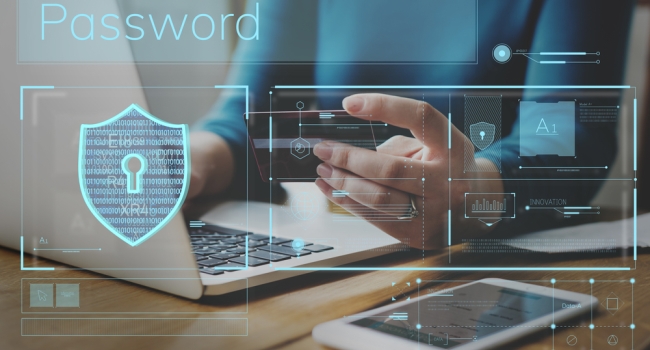
Compliant isn't Secure: 4 Steps to Keep Your Data Safe
From students and faculty to business owners and employees, everyone can benefit from learning how to keep their data safe.
- By Brad Thies
- Sep 25, 2017
Data security starts with compliance. Unfortunately, some companies also believe it ends there.
While compliance with standards such as SOC 2 or PCI can provide baseline protection, it can't magically wall a company off from breaches. It can't spot intrusions as they happen, and it certainly can't stop attacks.
Companies simply can't rely on security frameworks. The best protection — and even it isn't failsafe — is companywide, year-round data governance and awareness. In other words, it's a culture of security.
Compliant Does Not Mean Safe
Security reports sometimes frame breaches as compliance failures. Of the breached companies studied in Verizon’s 2015 PCI Compliance Report, not one was fully PCI DSS-compliant during the attack. Yet all of them thought they were, and some even had third-party certifications to prove it.
How could so many companies assume they were safe — compliant, anyway — and still be so vulnerable? Could it be that compliance frameworks are actually to blame?
Top frameworks are already quite thorough, and they're being added to constantly. SOC 2 contains up to 64 criteria. PCI has more than 250 requirements, as does HIPAA. FedRAMP boasts 325 for the most common system impact level.
The real issue is that data security is a cat-and-mouse game. Audits take place at a single time point. Between them, business changes, technology advances, and hackers discover new vulnerabilities. Processes and technologies that may have been secure last year might now give hackers their "in."
Just a year after Target suffered its breach in 2013, The Home Depot met a similar fate. Both firms had been declared PCI DSS-compliant prior to their respective breaches. Both paid tens of millions in remediation costs. Ultimately, both were breached because they thought compliance was enough.
To stay secure, companies like The Home Depot need employees to understand what to protect, how to do it, and how their role fits into the broader information security picture.
Create a Culture of Security
Creating a culture of security isn't easy, but no compliance framework can match it for protective power. To prioritize security across your organization:
1. Map out business processes.
Map your data path. Who inputs it? Where is it stored? When and how is it accessed? By exploring your process, you identify areas of exposure.
Don't do this alone. Prioritize high-risk departments, and consult with their managers. You'll likely spot issues immediately, such as employees emailing customer data. According to Dell, 72 percent of employees share confidential information over insecure channels.
2. Create a governance and awareness program.
Establish clear ownership, accountability, and oversight of security and compliance. Don't wait until next year's audit, either. Compliance and risk management must be year-round activities.
If you don’t have a CISO to implement and manage such a program, determine what their role would entail and allocate duties to different groups. If you're a cloud services provider or use cloud services, be sure shared security responsibilities are clearly defined. Above all, ensure someone is charged with educating individuals on their security responsibilities. As it stands, just 10 percent of security professionals’ time is spent on employee education.
While employees should understand common social engineering techniques, everyone can't be an expert. Instead, establish technical safeguards and encourage role-based security. If you have extra budget, simulate phishing attempts to gauge awareness.
3. Market your plan internally.
Often, the highest hurdle isn't establishing a data governance program; it's sustaining the program year-round. The key to a governance program that sticks is consistent messaging.
Begin by explaining why internal security measures matter to every employee. What does the improper handling of data look like in each role, and who should each team member report it to? Tap your brand or marketing department to facilitate ongoing communication and workshops, especially with non-technical teams.
Don’t stop with a few emails, either. Celebrate success, play security-related educational games, and hold post-incident roundtables to assess mistakes. The more visible your efforts are, the stronger buy-in will be.
4. Enable self-service.
If your security culture is to stick, employees must be able to access and use data security tools themselves.
For developers, provide trainings on secure coding and tools to automate code tests. Offer certifications to those who wish to own more security responsibilities.
For the wider company, establish secure communication channels so users don't email sensitive data when issues arise. Use an email client that identifies emails of external origin. The FBI reports that business email breaches have increased by 1,300 percent since 2015.
When it comes to security, compliance isn't enough. Hackers don't quit because your company's site boasts a security seal. Criminals don't care whether your business was audited yesterday, last month, or last year. The only way to spot them before they do damage is with a culture of security.